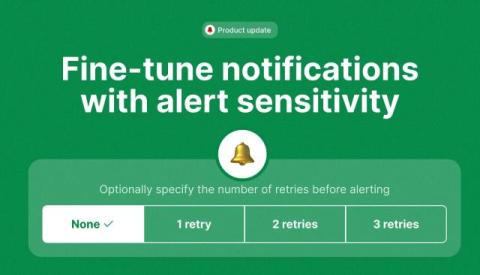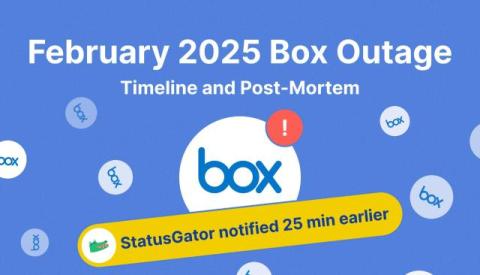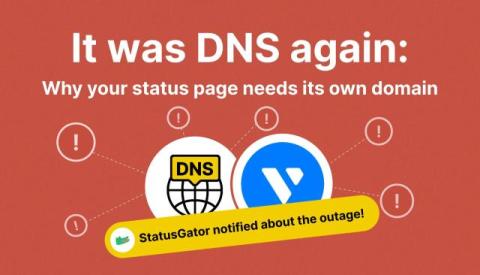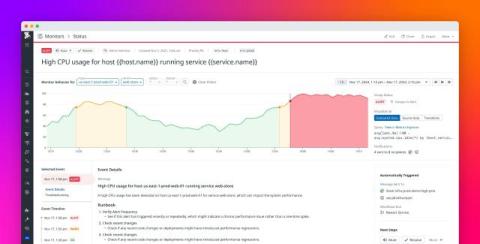Fine-tune notifications with Alert sensitivity
We’re excited to introduce a new feature that gives you greater control over how and when you receive alerts from your website and ping monitors. With Alert sensitivity, you can now specify the number of retries before an alert is triggered, reducing false alarms and ensuring more reliable notifications.











